Safety Best Practices
Flame-Resistant Apparel for Utility Workers [VIDEO]
SAME DAY SWITCHING
Safety Best Practices
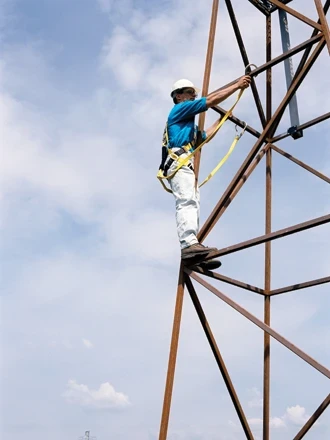
Tower Climbing Safety Equipment
What powerline technicians must know to stay safe
BY JIM HUTTER, Capital Safety
Most of modern life is powered by electrical energy, which is why transmission tower work continues to be an integral—yet extremely dangerous—part of the power distribution industry. The Occupational Safety and Health Administration (OSHA) requires that fall arrest or work positioning equipment must be used when working at elevated locations more than four feet (1.2 meters) above the ground on poles, towers,...
Related Articles
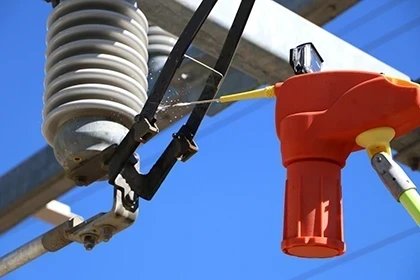
SAME DAY SWITCHING
Same day switching avoids the extended outages and human and equipment costs associated with inoperable and broken switches.The vast majority of air break disconnect and ground switches in electric power networks typically receive no appreciable maintenance. This invariably results in the inability...

Insulation Resistance Test
Insulation Resistance (IR) test, often called Megger test, is more than 100 years old and assumed to be a very straightforward test. During my inspection and testing work in the past 15 years in Canada, US, and internationally, I have seen different practices of performing and interpretation of IR...
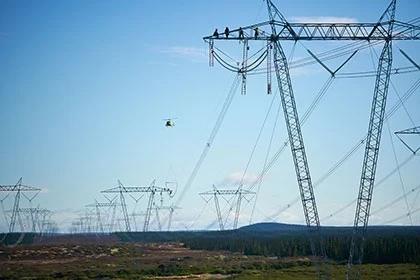
Building a Competency Program
At Valard, our people are the core and health of our business. Without our people, we have nothing. In fact, one of our slogans is “People. First.” However, being a people company means some of our biggest challenges are created by people. Our challenges are unique, as is each person...
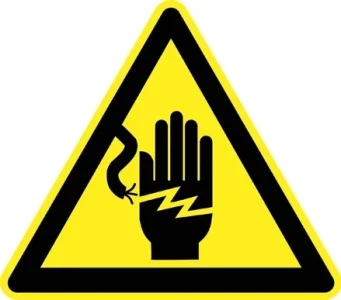
Safe Grounding in Substations
How to guard utility personnel from shock hazards BY JEFF JOWETT, Megger In the power industry, safety is just as important a function as performance. Safety considerations, parameters, and methods of implementation are an integral part of any electrical system. A most important element is the...
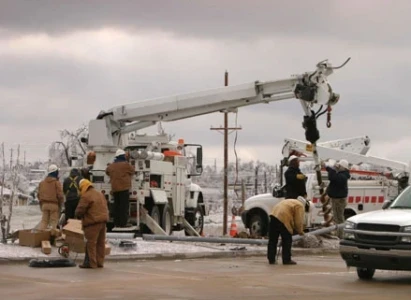
Battery Fires Pose Minor Environmental Risks, ACP Report Finds
Battery fires in large-scale energy storage systems (BESS) have raised concerns, but a recent review by the American Clean Power Association (ACP) found that such incidents pose only minor environmental risks. According to a third-party analysis of U.S. battery fires since 2012, these fires did not...

New York's Path to 8.5 GW of Grid Flexibility by 2040
New York State's transition to a clean, zero-emissions energy grid could include up to 8.5 gigawatts (GW) of grid flexibility by 2040, according to a new report from the Brattle Group. This projection, while contingent on achieving ambitious decarbonization goals, illustrates how the state could...
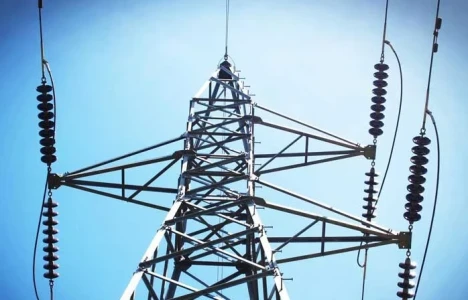
FERC Complaint Targets Duke, PJM Transmission Planning
A coalition of large energy consumers and ratepayer advocates has filed a complaint with the Federal Energy Regulatory Commission (FERC), urging the agency to prohibit transmission owners from independently planning "local" transmission projects exceeding 100 kilovolts (kV). The coalition argues...

12 Tips to Protect Against Common Lineworker Safety Hazards
Lineworkers face numerous risks daily, from respiratory ailments to electrical hazards. These dangers can result in severe injuries, low blood pressure, bleeding, and vomiting. However, by adhering to established safety protocols, contractors and employers can significantly reduce the likelihood of...

How Dangerous is Linemen Work?
Many occupations pose risks to workers, but few match the dangers that linemen face daily. Linemen play a critical role in maintaining and restoring the power grid, often working in extreme weather conditions, at significant heights, and around high-voltage electrical systems. Their work is...
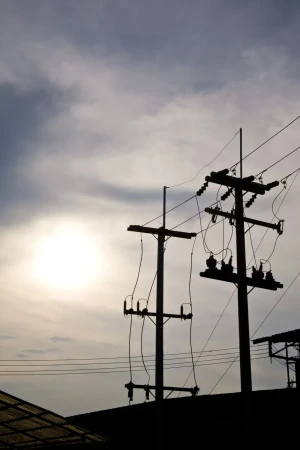
FERC Rejects PJM Transmission Planning Change
The Federal Energy Regulatory Commission (FERC) has rejected a proposal from PJM Interconnection, one of the United States' largest regional transmission organizations, to alter its transmission planning protocol. The decision represents a significant victory for state regulators who had expressed...
